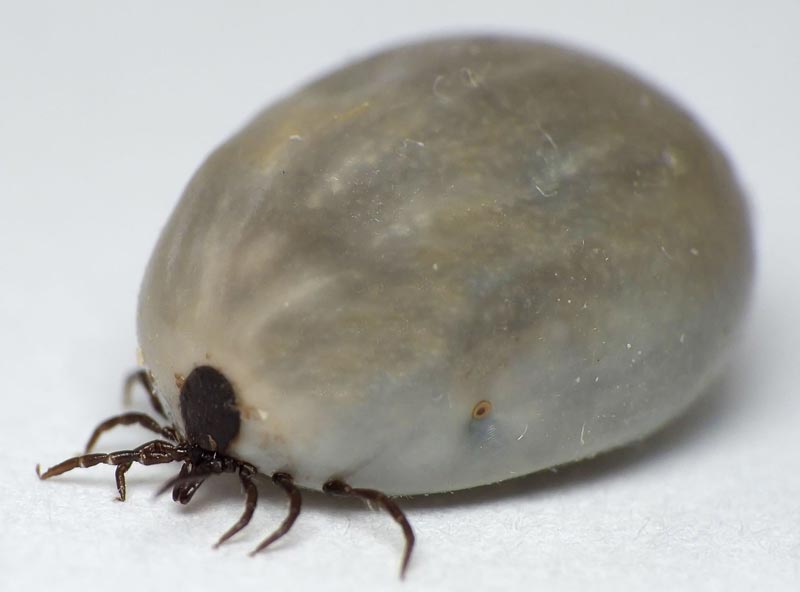Ectoparasites
Ectoparasites are parasites which inhabit the skin or coat of the host.
Ectoparasites are important because:
- They may cause cutaneous lesions
- They can induce immunopathological responses
- They can transmit pathogens
- They may infest people or transmit zoonotic infections
- They may interfere with the human – animal bond
- Their control is part of maintaining healthy pets
In addition the following factors have clinical implications:
- Cutaneous lesions may lead to secondary bacterial or fungal infections (Malassezia spp.) and various kinds of dermatitis
- Transmitted pathogens may cause diseases (VBDs), that are, in many cases, of more clinical relevance than the actual ectoparasite infestation
- The immune response induced, especially by ectoparasite saliva, may lead to allergic reactions with flea allergic dermatitis being the most important
- Ectoparasite-infested pets may be a source of infestation for owners
- The direct health implications of ectoparasite infestation can be more than skin deep: e.g. heavy blood-sucking arthropods can cause anaemia
Ectoparasites of dogs and cats belong to one of two groups:
Insecta
The Group Insecta are parasites with:
- chitinuous exoskeletons
- three-part bodies (divided into head, thorax and abdomen)
- three pairs of legs
- compound eyes
- two antennae
Insecta can be winged or wingless and may have further anatomical adaptations.
Insecta comprise the parasites:

Fleas
(of the Order Siphonaptera)

Lice
(of the Order Phthiraptera)

Flies
(mosquitoes, sandflies and biting flies)
Acari
The group Acari are a subgroup of arachnids with:
- a single entity body mass
- (larval stages) three pairs of legs
- (nymphal and adult stages) four pairs of legs
Acari comprise the parasites:

Ticks

Mites
Further information about these different Ectoparasites can be found by clicking the links above.

